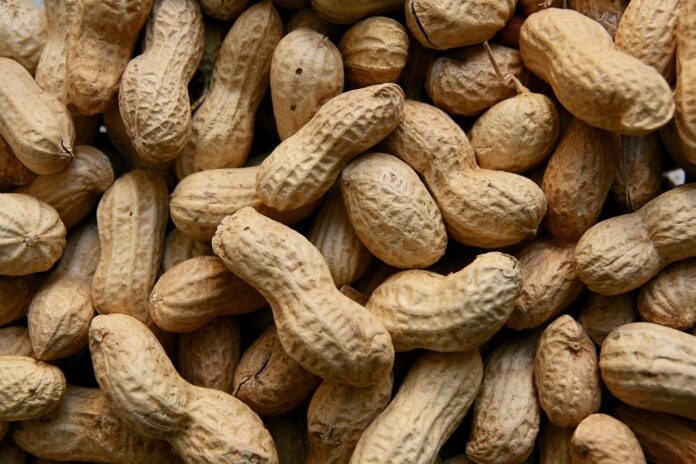The Future of the Peanut Industry Predictions for the Next Decade
The peanut industry is a vital sector of the agricultural economy, with a wide range of applications from food products to industrial uses. As we look ahead to the next decade, several key trends and predictions are shaping the future of the peanut industry.
Rising Demand for Peanut Products
One of the most significant trends driving the future of the peanut industry is the rising demand for peanut products. Peanuts are a versatile and nutritious food source, rich in protein, healthy fats, and essential nutrients. As consumers become more health-conscious and seek out plant-based protein alternatives, the demand for peanut butter, peanut oil, and other peanut-based products is expected to continue to grow.
According to industry data, the global peanut butter market is forecasted to reach a value of over $4 billion by 2025, with a compound annual growth rate (CAGR) of around 4%. This growth is driven by increasing consumer awareness of the health benefits of peanuts and the popularity of peanut-based snacks and spreads.
Technological Advancements in Peanut Farming
Advancements in technology are also expected to play a significant role in shaping the future of the peanut industry. Precision agriculture techniques, such as GPS-guided tractors and drones, are enabling farmers to optimize their crop yields and reduce input costs. These technologies allow farmers to monitor soil health, irrigation levels, and pest infestations more efficiently, leading to higher productivity and sustainability in peanut farming.
In addition, genetic engineering and breeding techniques are being used to develop new peanut varieties with improved disease resistance, higher yields, and better nutritional profiles. These advancements are crucial for ensuring the long-term viability of the peanut industry in the face of challenges such as climate change and evolving pest pressures.
Global Expansion of Peanut Production
Another key trend in the peanut industry is the global expansion of peanut production. While traditionally grown in regions such as the United States, China, and India, peanuts are now being cultivated in new markets such as Africa, South America, and Southeast Asia. This expansion is driven by factors such as rising demand for peanuts, favorable growing conditions, and government support for agricultural development.
According to industry projections, global peanut production is expected to reach over 50 million metric tons by 2030, driven by increased cultivation in emerging markets and improvements in agricultural practices. This growth presents opportunities for both established peanut producers and new entrants to the industry to capitalize on the growing global demand for peanuts and peanut products.
Sustainability and Traceability in Peanut Supply Chains
As consumers become more conscious of where their food comes from and how it is produced, sustainability and traceability are becoming increasingly important in the peanut industry. Companies are implementing sustainable farming practices, such as water conservation, crop rotation, and integrated pest management, to minimize their environmental impact and ensure the long-term viability of peanut production.
In addition, advancements in blockchain technology are enabling greater transparency and traceability in peanut supply chains, allowing consumers to track the journey of their peanuts from farm to table. This increased transparency not only builds trust with consumers but also helps to prevent fraud and ensure the quality and safety of peanut products.
Challenges and Opportunities for the Peanut Industry
While the future of the peanut industry looks promising, there are also challenges that must be addressed to ensure continued growth and success. Climate change, volatile commodity prices, and shifting consumer preferences are just a few of the factors that could impact the industry in the coming years.
However, with these challenges come opportunities for innovation and growth. Companies that invest in research and development, sustainability initiatives, and market diversification will be well-positioned to thrive in the evolving peanut industry landscape.
In conclusion, the future of the peanut industry is bright, with rising demand for peanut products, technological advancements in farming practices, global expansion of peanut production, and a focus on sustainability and traceability. By staying ahead of industry trends and embracing innovation, the peanut industry is poised for continued success in the next decade and beyond.




